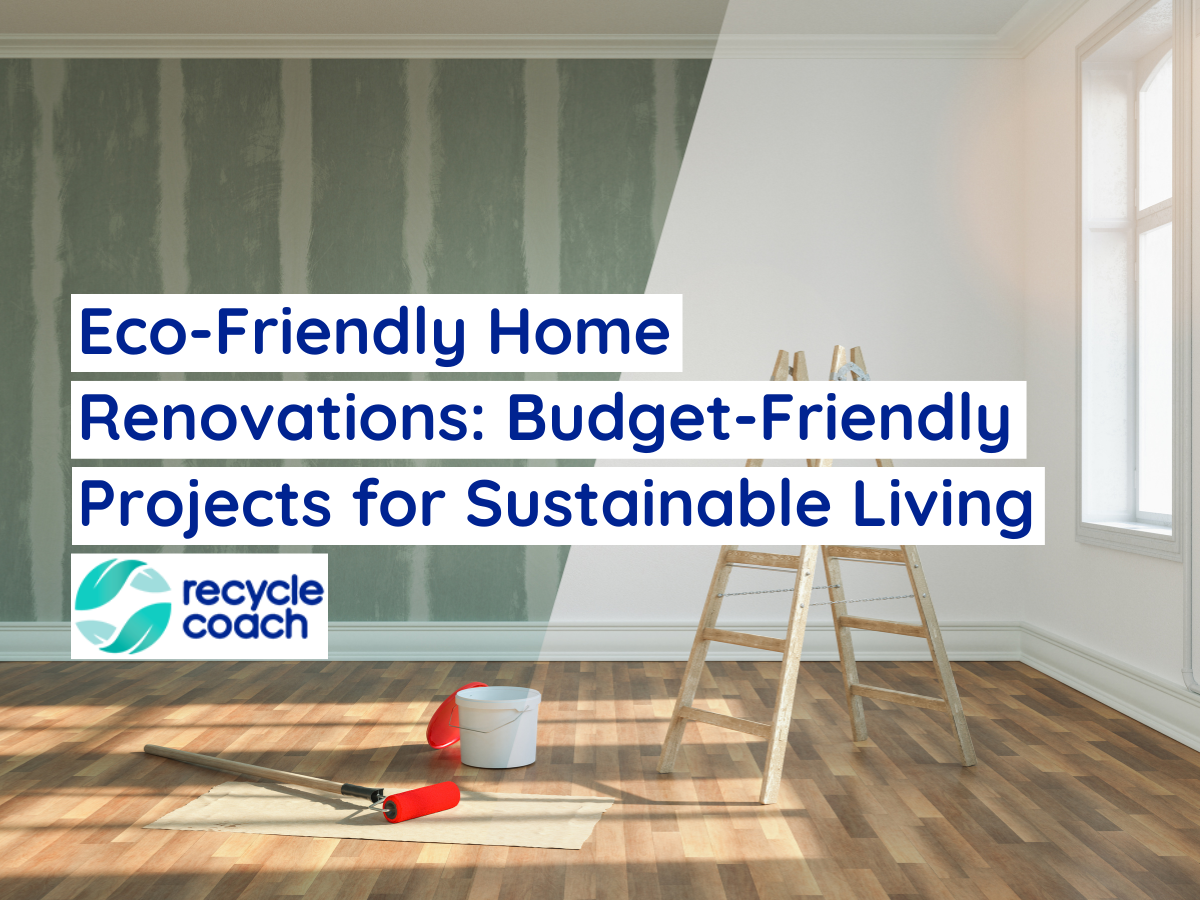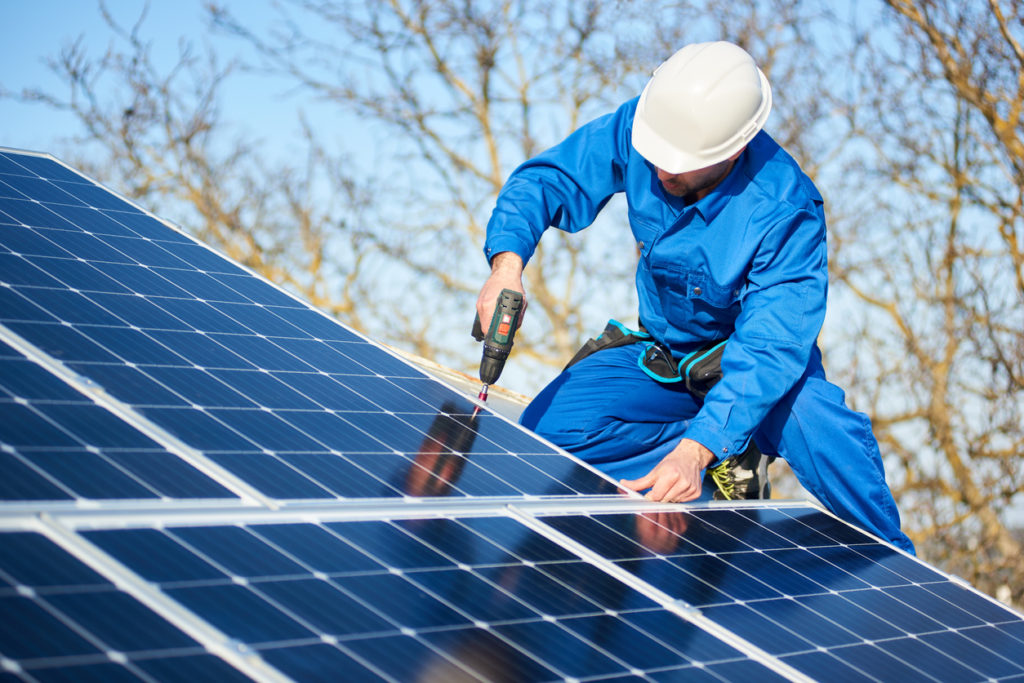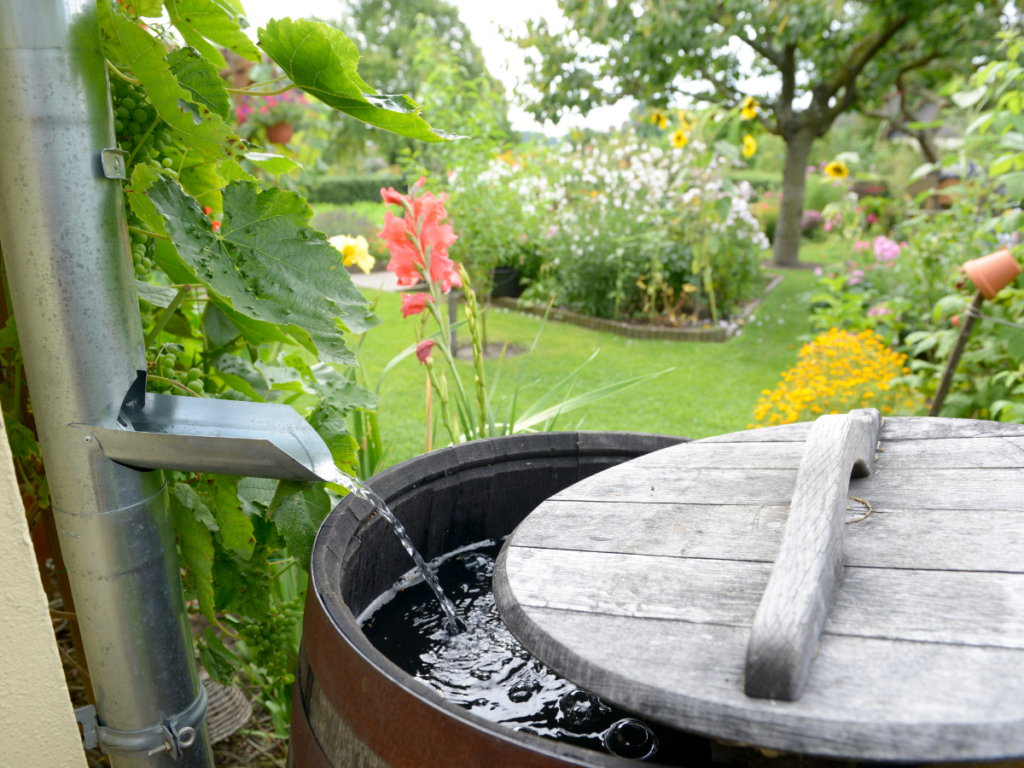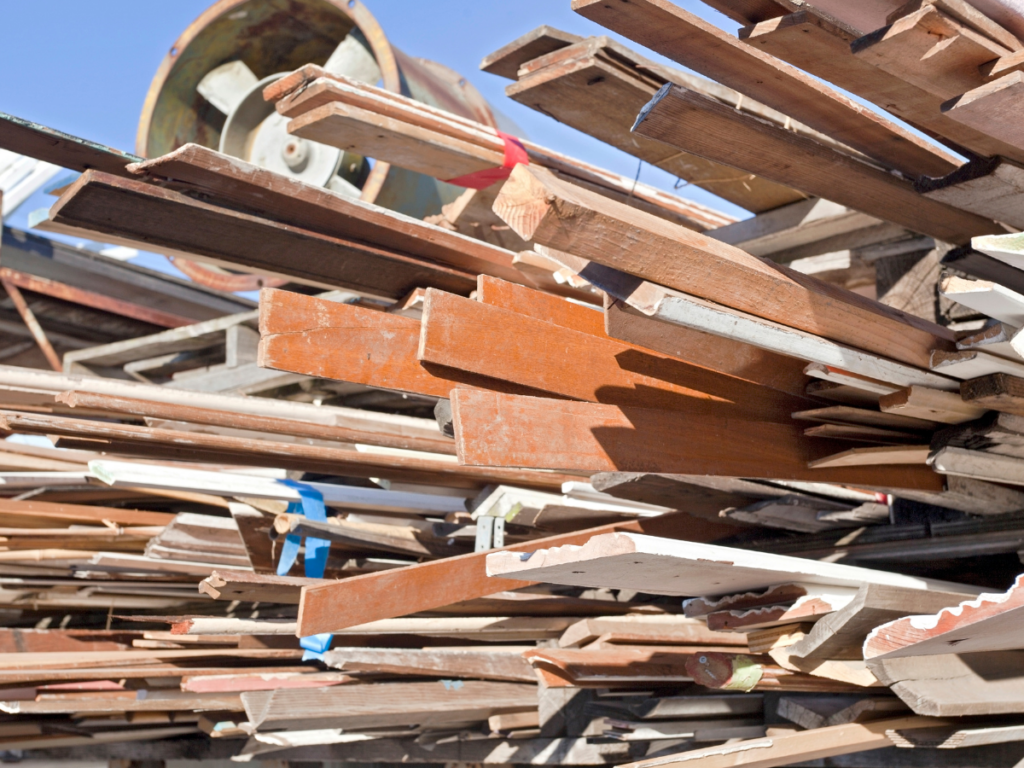Eco-Friendly Home Renovations: Budget-Friendly Projects for Sustainable Living

With the increasing call for environmental awareness and responsibility, it’s not out of the realm of possibility that you want to add eco-friendly upgrades to your home. Even if you’re on a budget, this is possible. With strategic planning and thoughtful choices, you can embark on budget-friendly, sustainable renovations that not only enhance your living space but also contribute positively to the environment. Here are some practical tips and cost-effective solutions to help you get started on your journey toward sustainable living.
Considerations Before Undertaking Sustainable Home Projects
There are certain considerations any homeowner must make before getting started on home upgrades. Whether it’s a major renovation or a small change, proper planning and strategy can help you see your eco-friendly dreams come to life in your living quarters seamlessly.
Regulations and Requirements
Before starting any project, it’s wise to consider local regulations and obtain any required permits. Seek to familiarize yourself with local building codes, zoning regulations, and environmental restrictions that could delay, change, or prohibit your project. Typically, building codes apply to major additions like fencing, sheds, and swimming pools. Getting proper permission and following these regulations can save you a lot of headaches down the line and ensure your renovations comply with the law or your homeowner’s association.
Budget

Financial considerations are crucial to remain within your budget. You can affordably invest in eco-friendly home upgrades by planning accordingly. Outline a comprehensive budget that accounts for both upfront expenses and long-term savings associated with energy-efficient upgrades. For example, you may see lowered utility costs, less maintenance requirements, and higher property value down the line. In addition, you may be eligible for rebates, incentives, or tax credits for conducting eco-friendly renovations. In any case, it’s crucial to strike a balance between initial investment and future benefits that align with your budget-conscious renovation plans.
Goals
Estimate how much you’d like to lower your carbon footprint or cut down on utility costs. Set goals for specific milestones, like cutting down on waste in your home. You can track important performance indicators along the way to see the fruits of your labor and the exact environmental impact your renovations are having.
Reducing Energy Consumption
The first area many people focus on is reducing their homes’ energy consumption. By implementing budget-friendly home upgrades like the following, you can make significant steps toward a more sustainable living space.
Using Smart Tech
Tech advancements have allowed homeowners to affordably invest in devices that control home sustainability. For example, smart thermostats optimize your energy usage based on your preferences and schedule. Machine learning is used to analyze your routines, and then the devices can automatically adjust the temperature in your home for optimal energy use. You can also operate the thermostat remotely via mobile devices, just in case you aren’t home and want to adjust your settings. By efficiently managing temperature control, smart thermostats contribute to reduced energy consumption and lower utility bills with fairly small upfront costs.
Integrating Renewable Energy

While an entire renewable energy overhaul is not currently budget-friendly, you can still make adjustments. For example, investing in solar panels can lead to long-term financial benefits. Although they may come with a higher up-front cost, you can typically seek out tax credits to compensate for the cost. You’ll also reduce your electricity bills and your home’s carbon footprint simultaneously. These types of additions can even increase the value of your property if you choose to sell later on; making the initial investment worth it.
Sealing and Insulating
Proper insulation can be cost-efficient but make a significant impact on your home’s energy efficiency. Anything from gaps and cracks in the door, to old windows, and poorly insulated walls can make winters colder and summers hotter. Addressing these issues, however, can help regulate your home’s temperature so you can rely less on your HVAC system. Not only will this help you live more comfortably year-round, but it’s more cost-effective and helps reduce your carbon footprint.
Conserving Water
Water conservation is also a noble venture when looking to upgrade your home with eco-conscious implements. Reducing water waste is a crucial aspect of holistic sustainable living. Try incorporating some of the following.
Installing Low-Flow Water Fixtures
You can swap out old faucets, showerheads, and toilets with low-flow alternatives for relatively low costs. Low-flow fixtures use less water without compromising performance, helping you save on your water bills while contributing to water conservation efforts. These upgrades are relatively easy to install and can make a significant difference in your household’s overall water consumption.
Water Harvesting With Rain Barrels

You can also harness the power of the free water that falls from the sky outside of your home. Consider installing rain barrels that collect rainwater. This harvested water, if not filtered, can be used for gardening and outdoor purposes. This reduces your reliance on municipal water sources and wastes less water in the process. Just make sure to check local water laws to make sure your state doesn’t restrict rainwater collection due to drought frequency in the area.
Choosing Eco-Friendly Materials
Even if the renovation project you’re planning doesn’t have the end goal of sustainability, you can make it more so by using eco-friendly materials. Take an in-depth look at the impact of each material, such as the way it is sourced and how often it needs to be replaced. Use some of the following ideas for cost-effective, eco-friendly material upgrades.
Using Sustainable Paints and Finishes
Try to choose paints labeled as low-VOC or zero-VOC to improve indoor air quality and reduce your environmental impact. Additionally, consider repurposing old furniture or cabinets with a new coat of eco-friendly paint instead of buying new items. This is a cost-friendly, sustainable approach to home design that can be fun in the process.
Installing Eco-Friendly Flooring
If you’re considering updating your flooring, explore sustainable options that are both environmentally friendly and budget-conscious. Bamboo and cork flooring are made out of renewable resources that offer durability and aesthetic appeal. Additionally, reclaimed wood and recycled materials provide unique flooring alternatives that contribute to a more sustainable home at a smaller cost.
Upcycling Construction Materials

As mentioned a few times, you can repurpose materials and items to make them seem brand new and minimize your home’s impact on the environment. For instance, reuse and recycle construction materials like wood and metals. You can upcycle from your previous projects or locate landfills and construction companies that will let you have material waste.
Also consider exploring options like community exchange programs or local material reuse centers for budget-friendly, sustainable home renovation materials. Many communities have initiatives where you can donate or exchange building materials, furniture, and appliances. Participating in these programs not only saves you money but also promotes a circular economy by extending the lifespan of materials that would otherwise end up in landfills.
Author Bio
Sam Bowman writes about people, sustainability, recycling, and how they merge. He enjoys getting to utilize the internet for the community without actually having to leave his house. He volunteers his time as a local recycling and waste reduction activist, working to help people better navigate proper recycling. In his spare time, he likes running, reading, and combining the two in a run to his local bookstore.